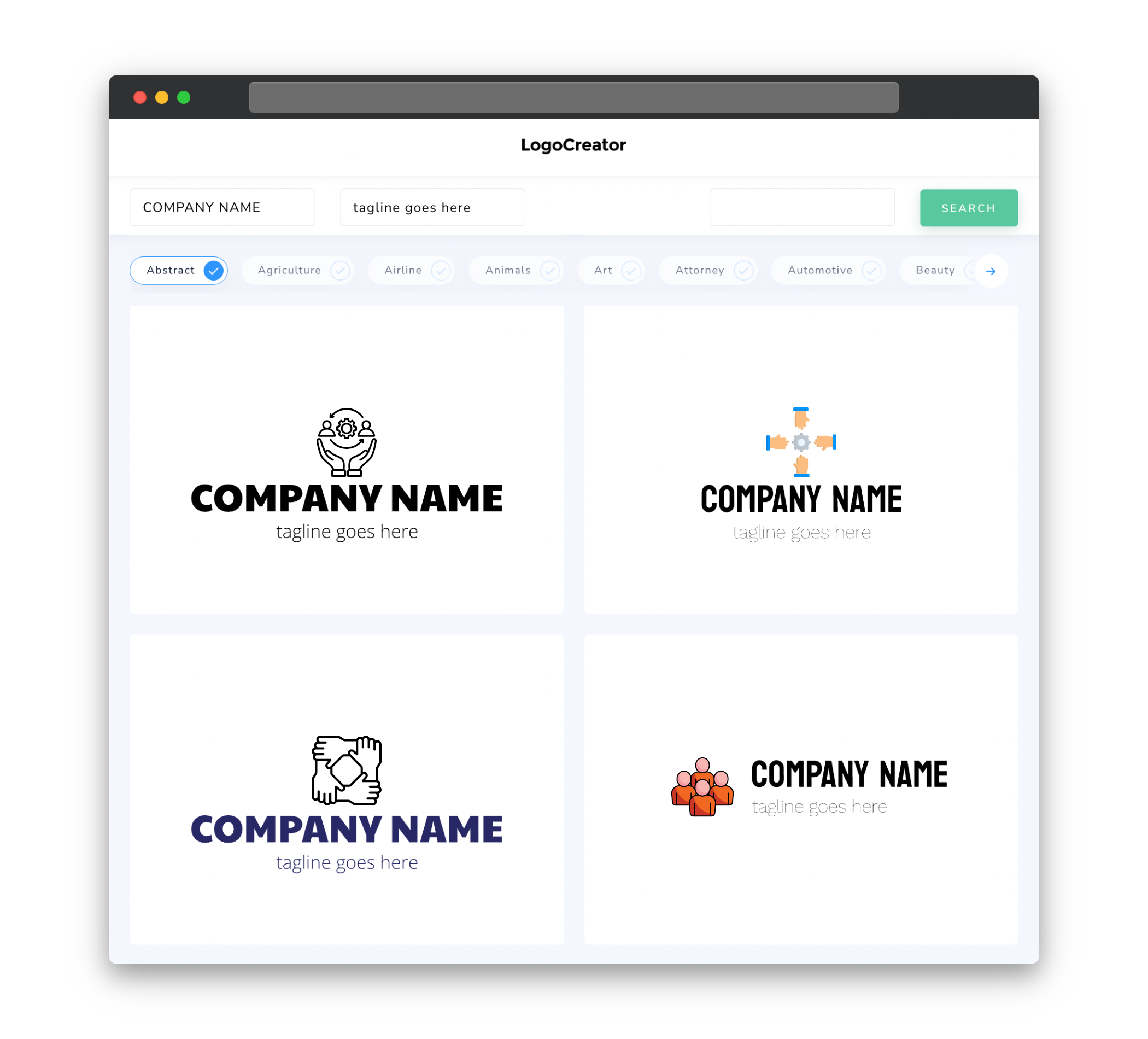Audience
Creating an inclusive logo is essential for any business or organization that values diversity and wants to promote inclusivity. Whether you are a start-up, a non-profit, or an established company, incorporating an inclusion logo into your branding can send a powerful message about your commitment to embracing and celebrating individual differences. An inclusion logo can help you connect with a wider audience, build trust, and foster an environment of acceptance and belonging.
Icons
The choice of icons for your inclusion logo is crucial as they should represent the values and principles you want to convey. When designing an inclusion logo, it is important to consider using symbols that are universally recognized and can be easily understood by people from diverse backgrounds. Icons that symbolize accessibility, diversity, unity, and equality can effectively communicate your commitment to inclusivity. Carefully selecting icons that resonate with your target audience will ensure that your inclusion logo is not only visually appealing but also aligns with your organization’s values.
Color
Color plays an essential role in conveying emotions and messages, and this holds true when designing an inclusion logo as well. When selecting colors for your inclusion logo, it is important to consider the psychological impact they may have on your audience. Colors such as blue, green, and purple are often associated with inclusivity, harmony, and creativity. These colors can evoke feelings of acceptance, balance, and diversity. Utilizing a color palette that reflects inclusivity will help your logo stand out and effectively communicate your commitment to diversity and equality.
Fonts
Choosing the right font for your inclusion logo is crucial in creating a visually appealing and impactful design. When selecting a font, it is important to consider readability and accessibility. Opting for a clean and legible font ensures that your message is easily understood by a wide audience. Additionally, consider using a font that is inclusive and representative of diversity. Fonts that offer a variety of weights and styles can add versatility to your logo and reflect the diverse range of individuals you aim to include and support.
Layout
The layout of your inclusion logo plays a vital role in conveying your message effectively. A well-balanced and symmetrical layout can create a sense of stability and unity, portraying your commitment to inclusivity. Alternatively, an asymmetrical layout may represent the uniqueness and diversity of individuals. Bold and dynamic layouts can capture attention and make a strong statement about your organization’s dedication to inclusion. Experimenting with different layouts and seeking feedback can help you find the optimal design that resonates with your target audience.
Usage
An inclusion logo can be used in a variety of ways to promote your organization’s commitment to inclusivity. It can be incorporated into your website, social media profiles, stationery, promotional materials, and any other branded materials. By consistently using your inclusion logo across different platforms, you reinforce your message and create a cohesive and recognizable brand identity. Additionally, consider integrating your inclusion logo into your marketing campaigns and events to further highlight your dedication to inclusivity. By using your inclusion logo strategically and consistently, you can strengthen your brand’s impact and create a strong association with diversity and acceptance.



